Clothes have a very important function of framing the male figure.
Of course, in different periods, the society as a whole has different aesthetics for men.
For example, in the most stereotyped impression, an English suit must have an ape’s arm and a bee’s waist, with a wide shoulder and broad chest.
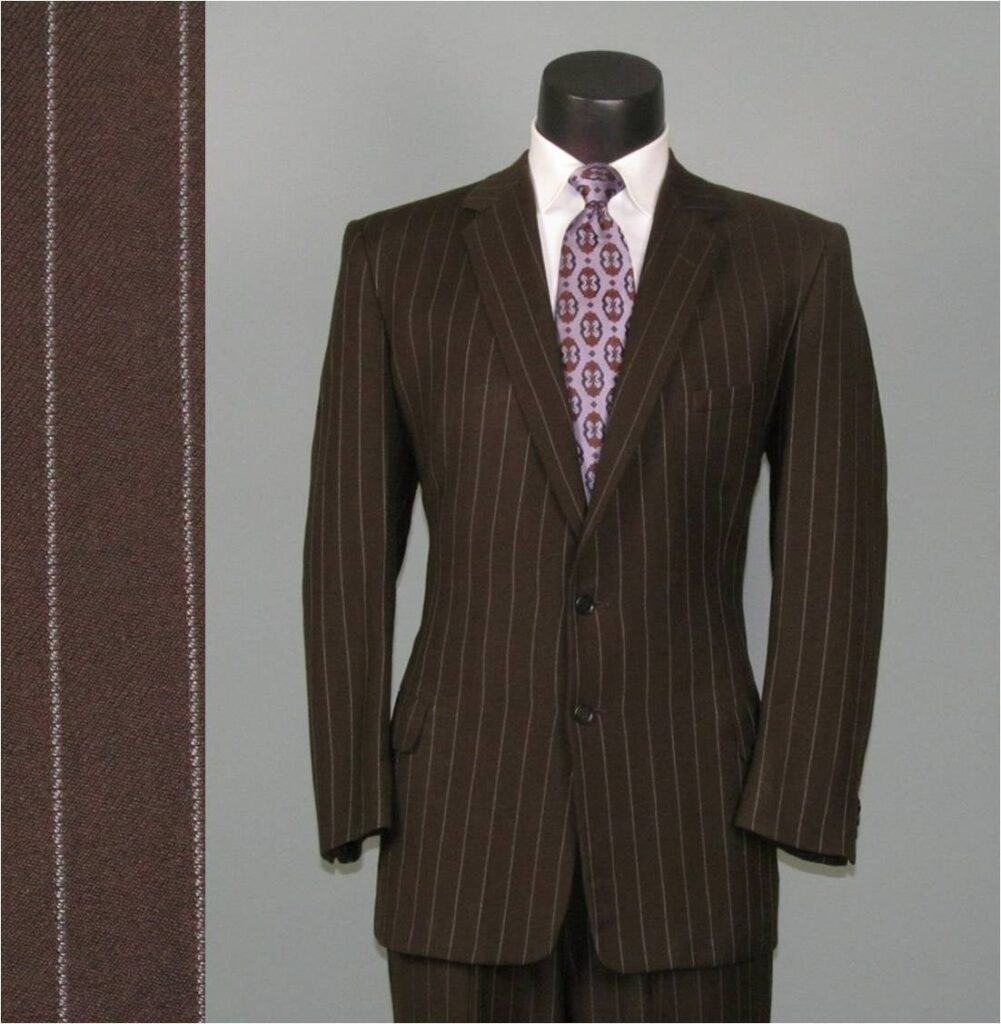
At present, because it’s a peaceful time, and the aesthetics of men are becoming more feminine, and the suit is becoming softer and softer with the so-called “deconstruction”.
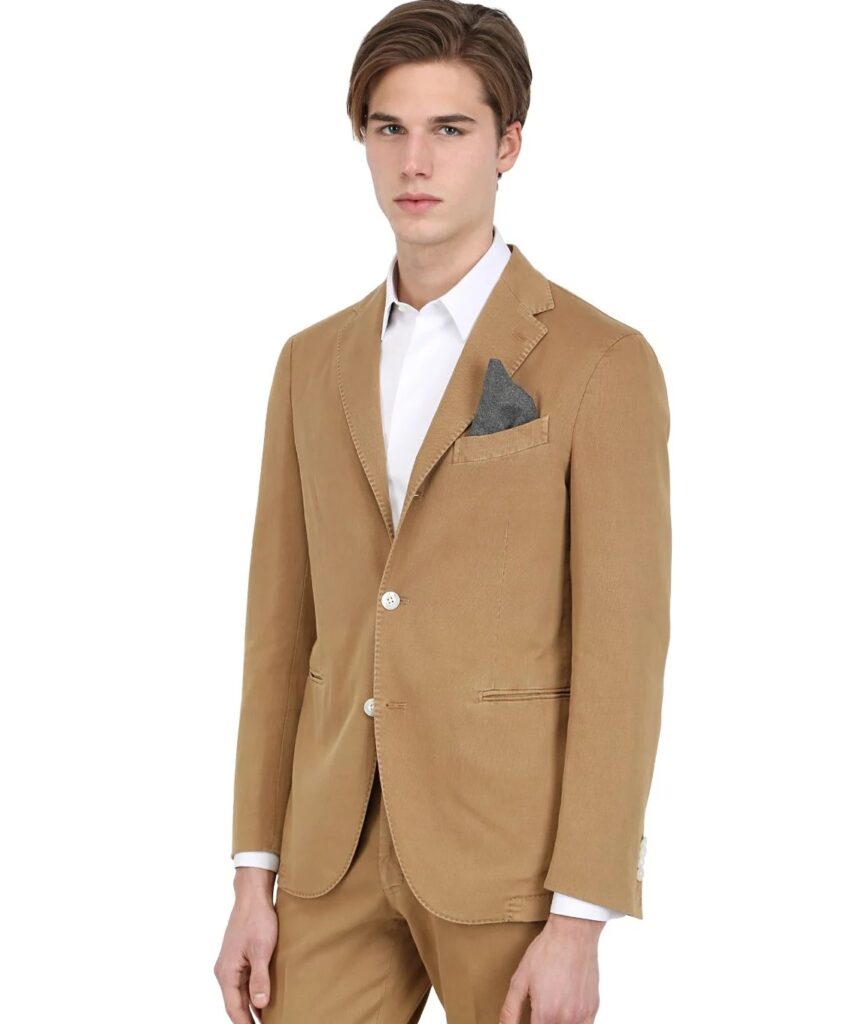
Even so, a good pattern of a suit can still make a man’s trunk line more beautiful.
Suits are really friendly to men with big bellies, and they can still show the curve of the waist.
Chinese traditional clothing, without the so-called concept of lining in a suit, is basically unstructured. Does Chinese traditional clothing not decorate the figure?
We use belt at the waist for this aesthetical function.
As early as the Qin dynasty, leather belts were used by soldiers and officials.
The Lanshan is to make the gown look like it is separated up and down to pay tribute to the upper garment of the sages, and to add a decorative belt to the waist of the garment.
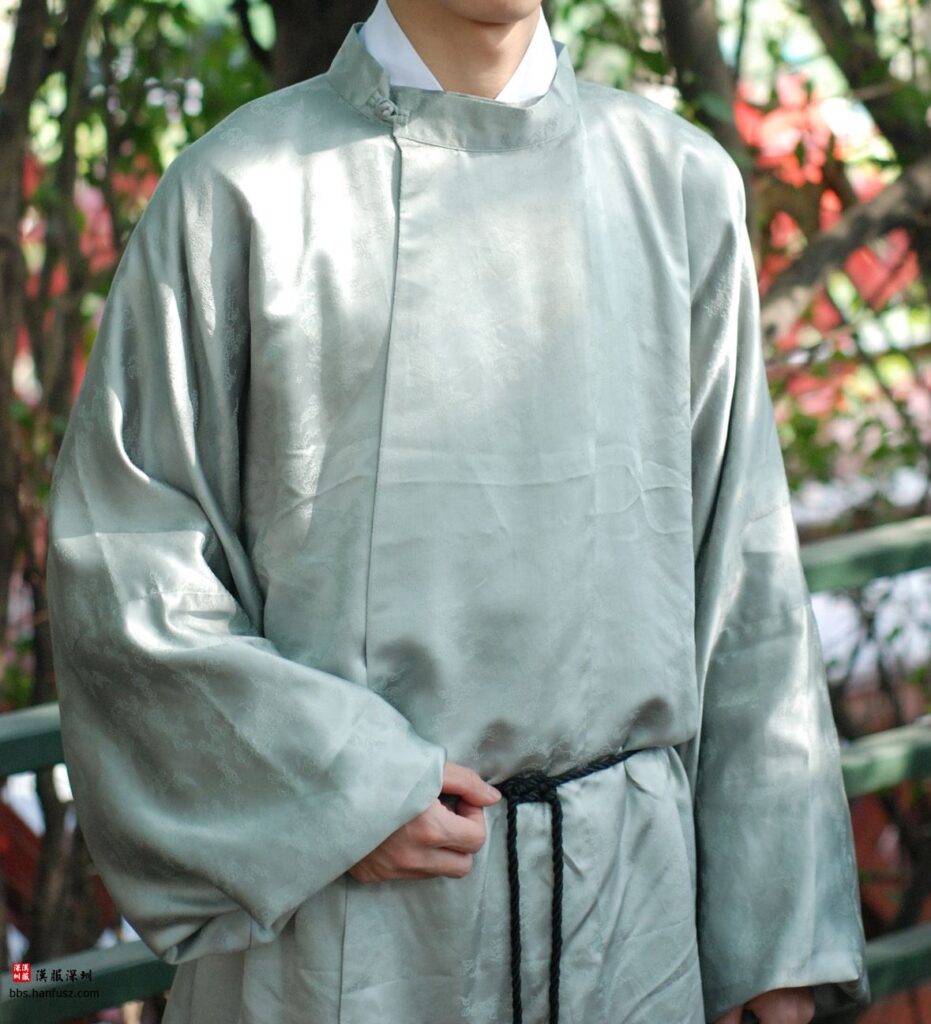
Pao and Shan are different, and they have relationship. Shan is single-layer fabrics, and Pao is of the same style, but two layers of fabrics are filled with cotton for warmth.
As for emphasizing the chest in a suit, it makes the chest look more magnificent. In addition to the simple practical by-product of soldiers’ armor, China traditional clothing has no such function.
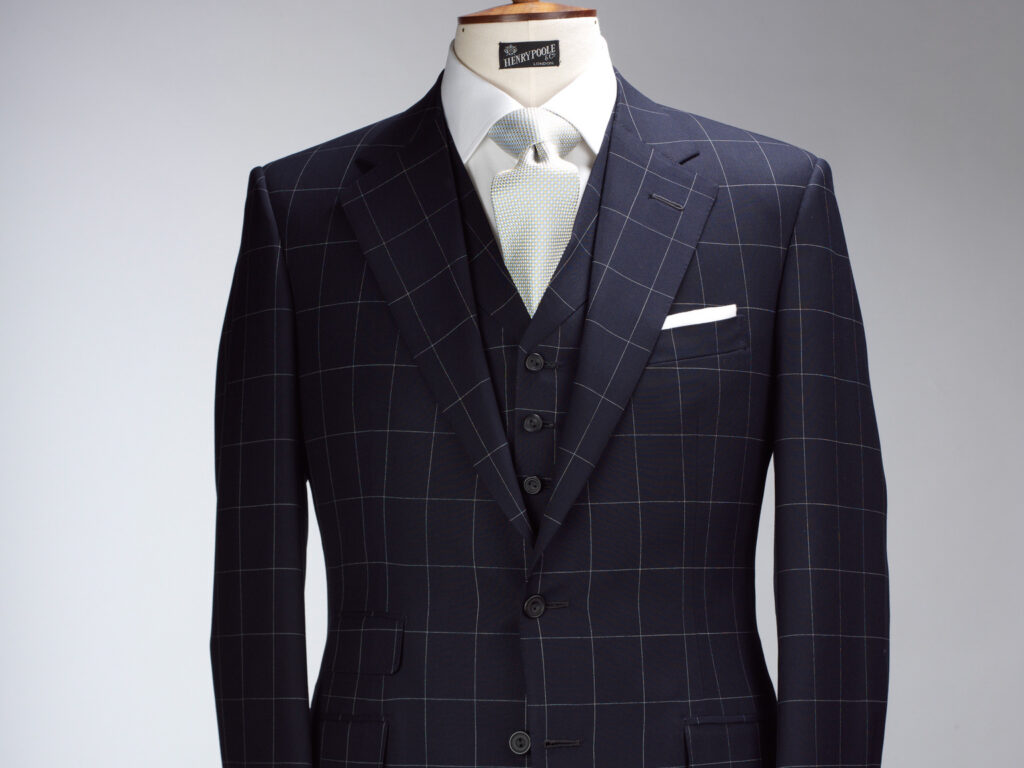
So, in the final analysis, the waist-nipping, or figure-shaping, of Chinese traditional clothing simply rests on the belt, and this belt is tied outside the clothes, not pants.
We extend our application to the gentry clothes. First of all, we have ready-made clothes, such as Balmacaan coats.
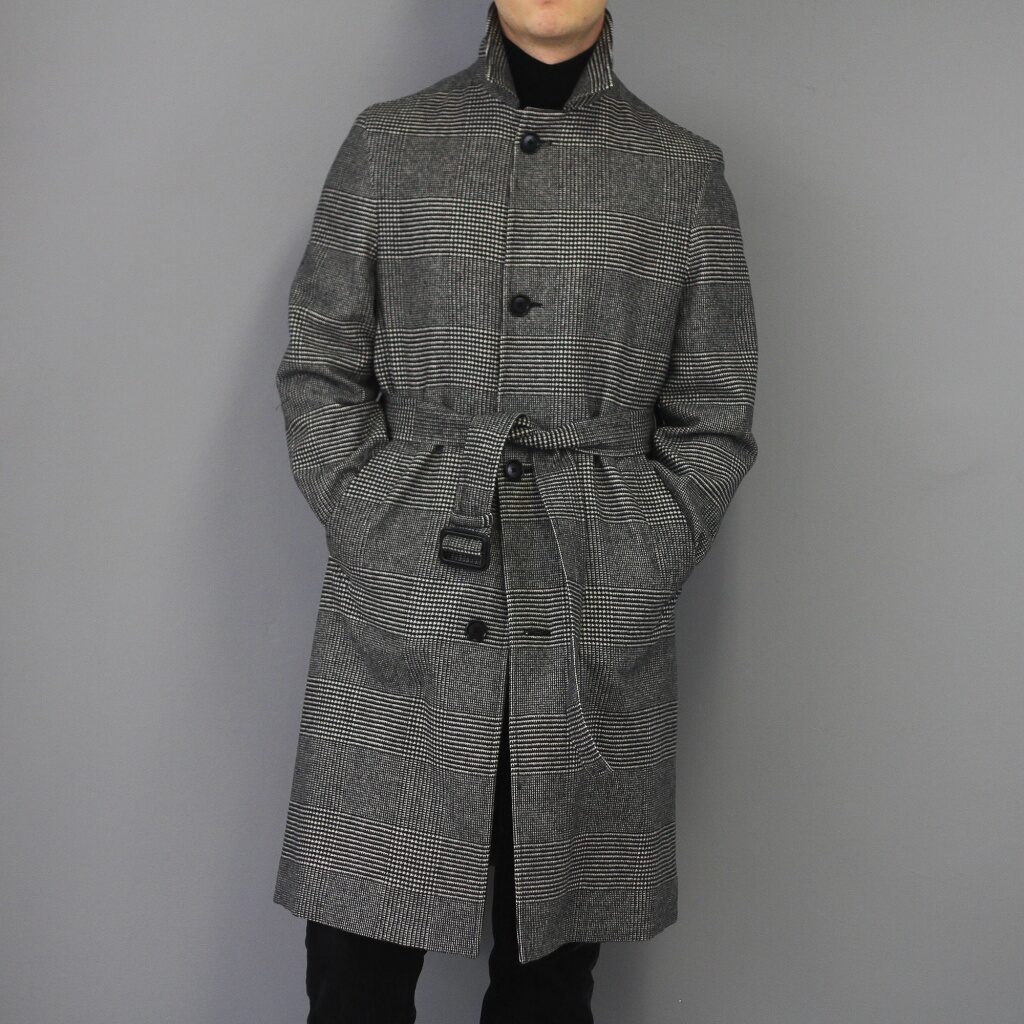
Secondly, can a suit be fastened with a similar belt instead of buttons?
I will collect these inspirations, and make then on my own suit, I will realize them one by one, and see which ones are more vital.

